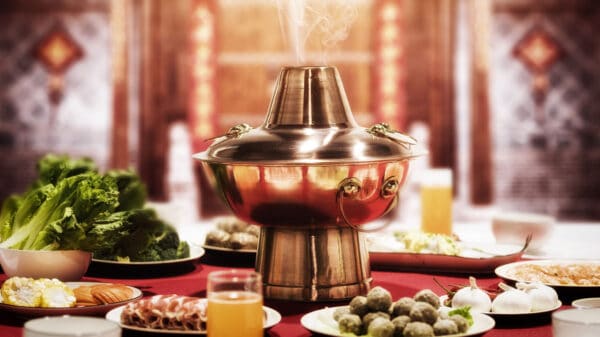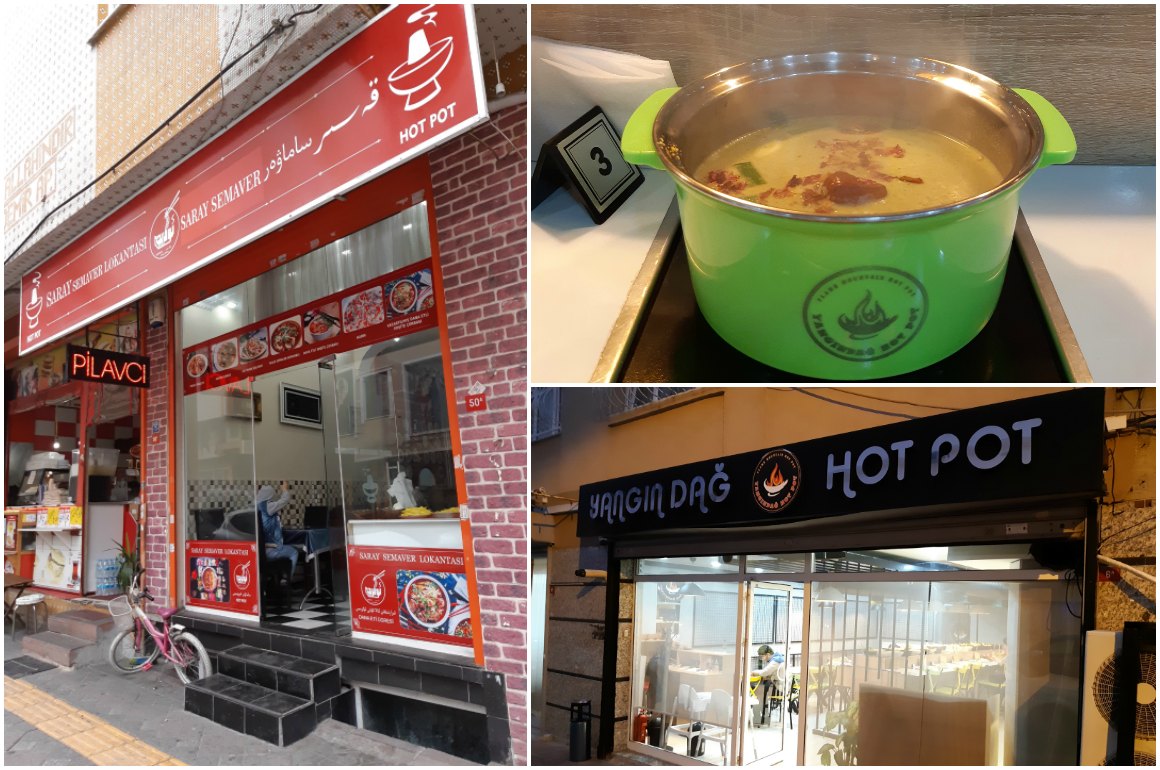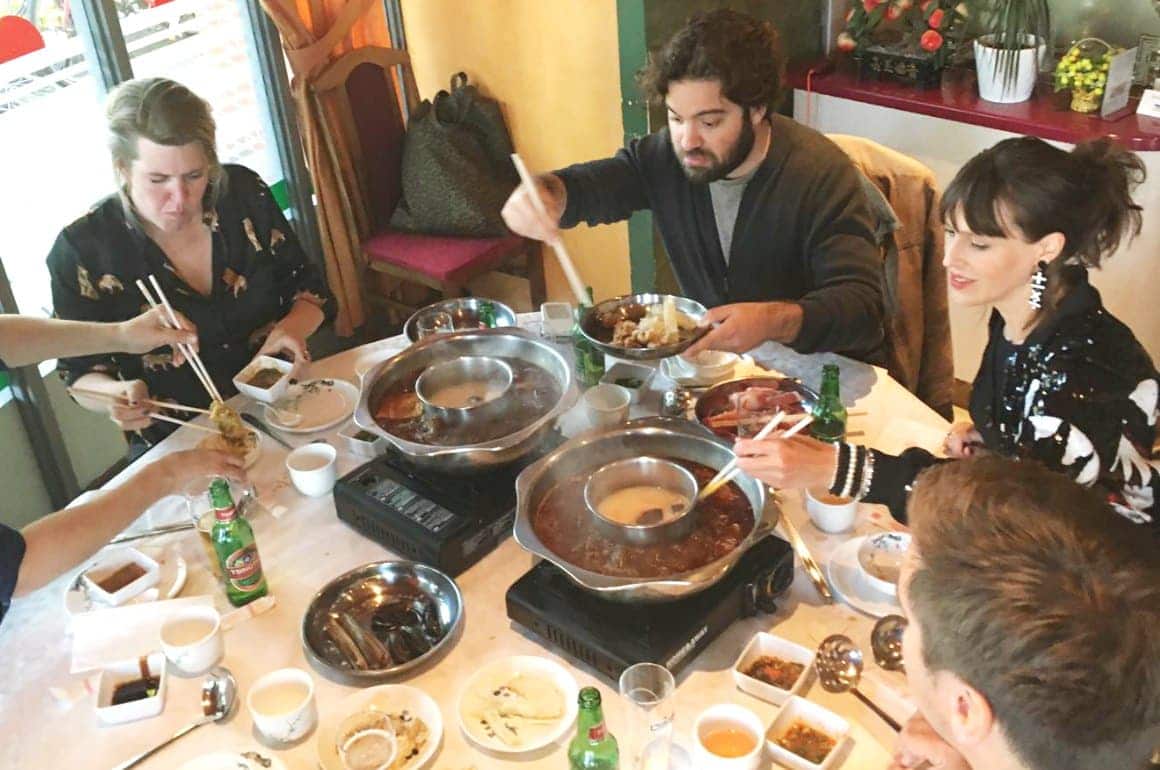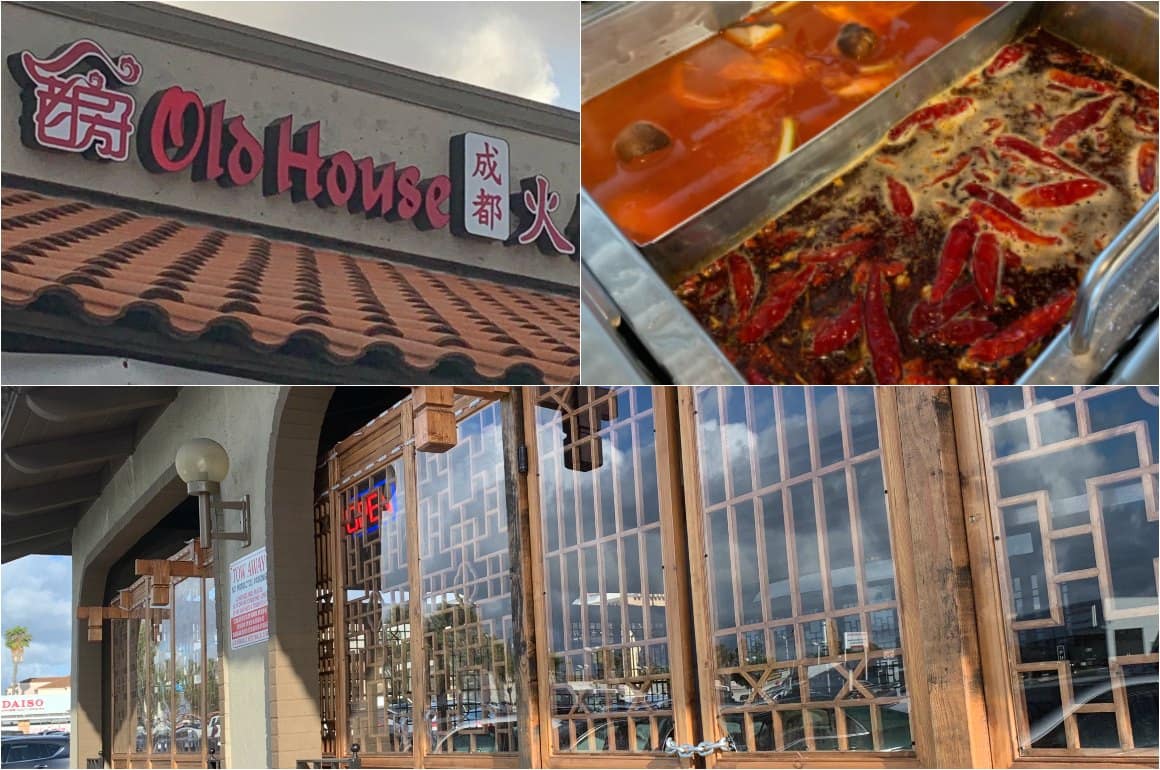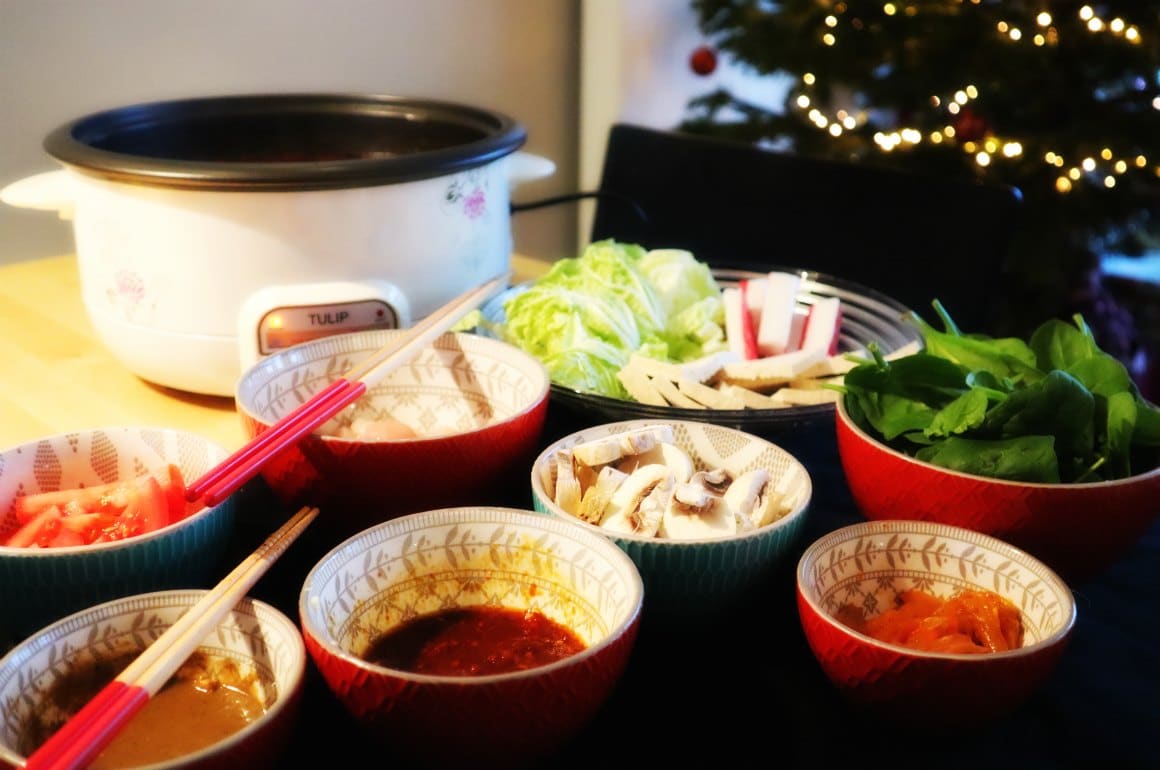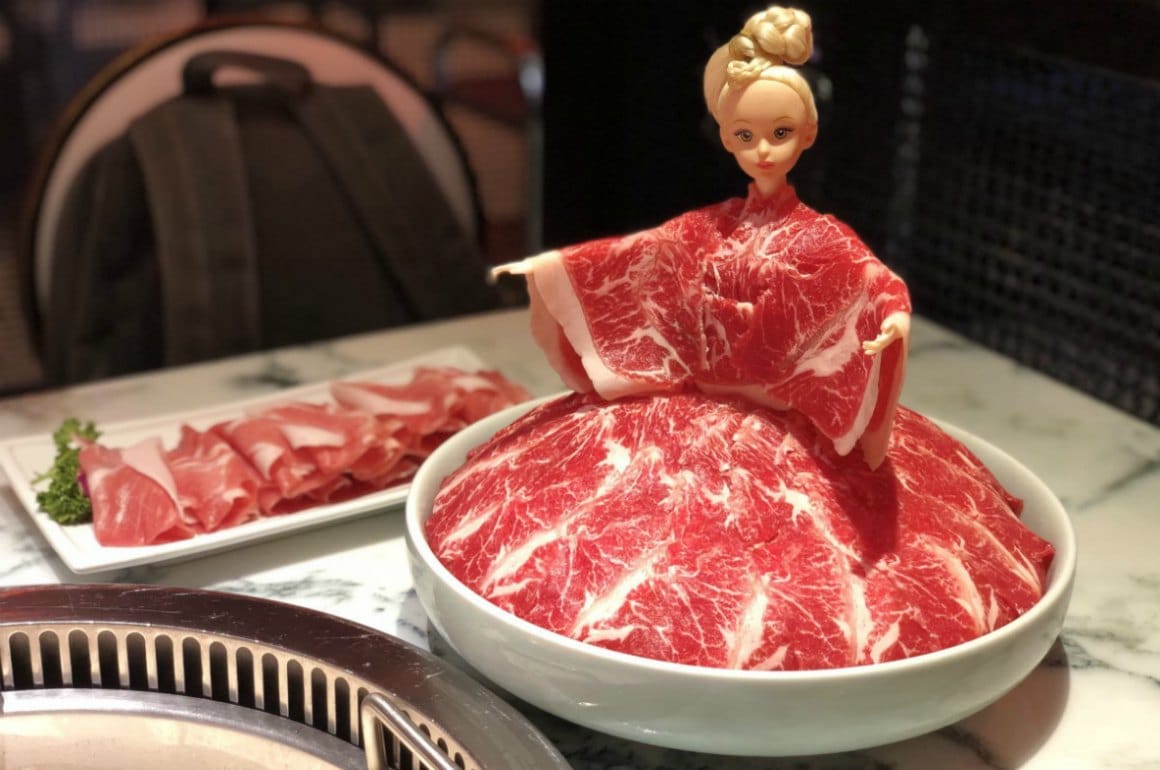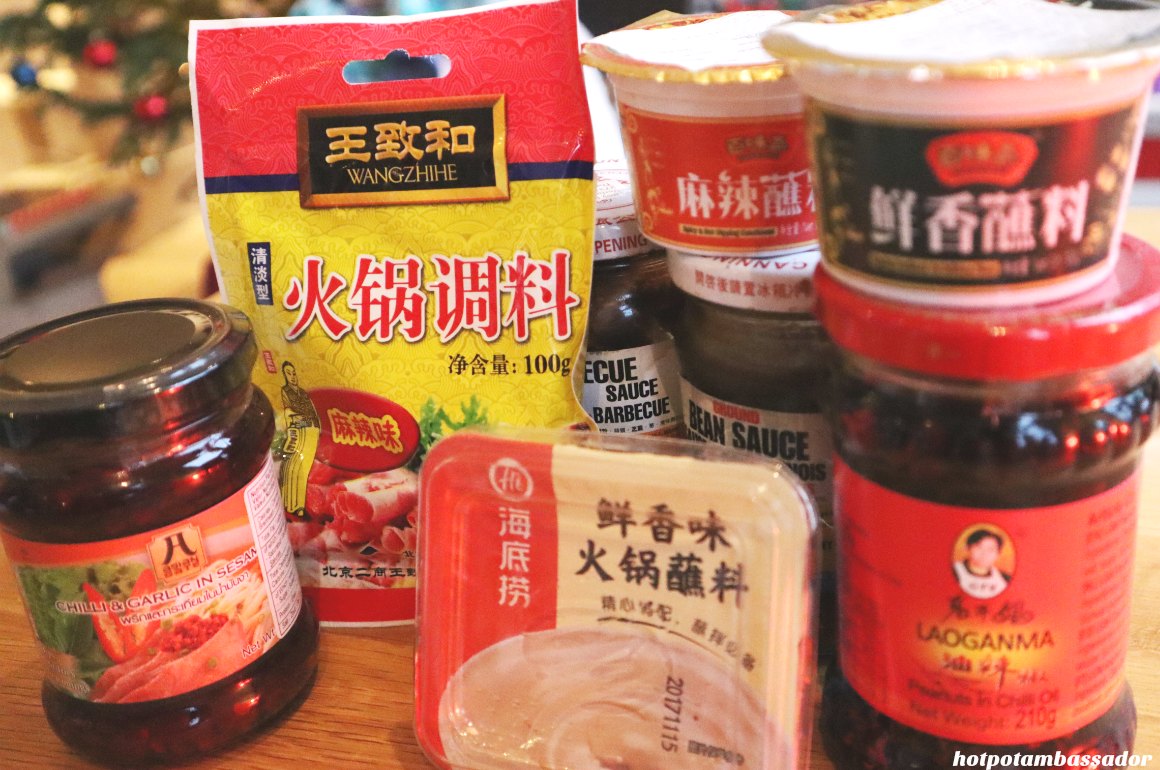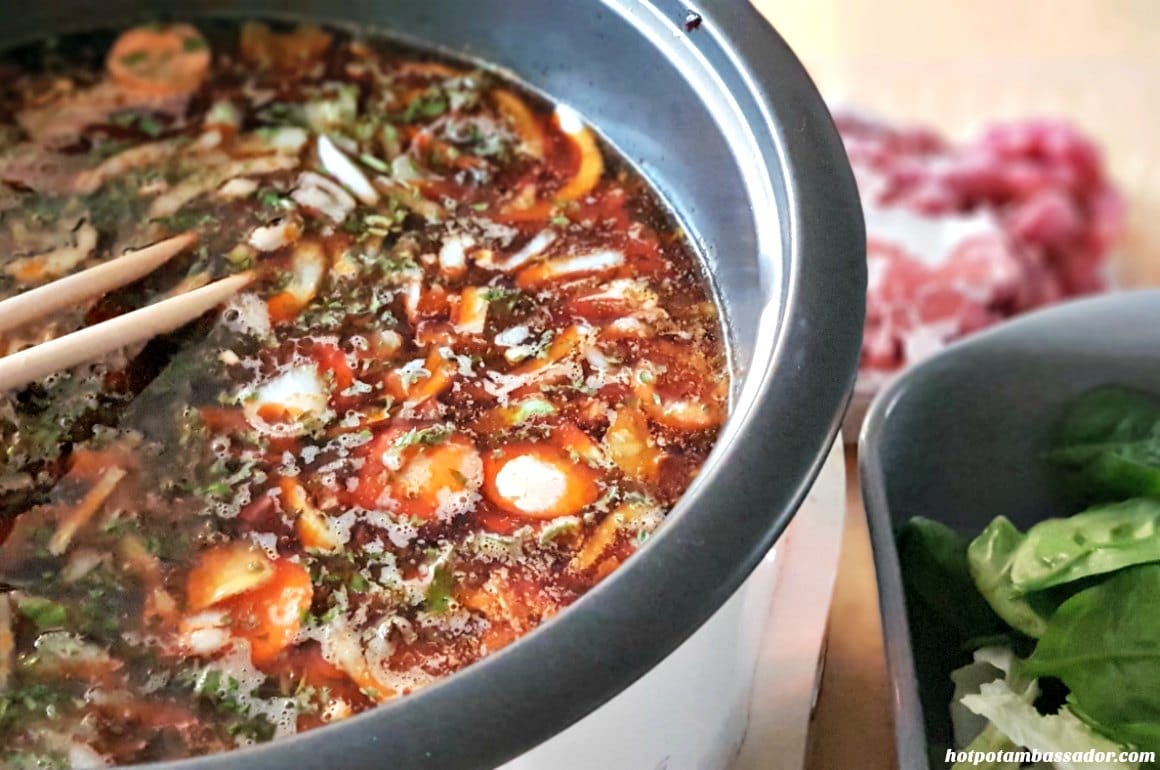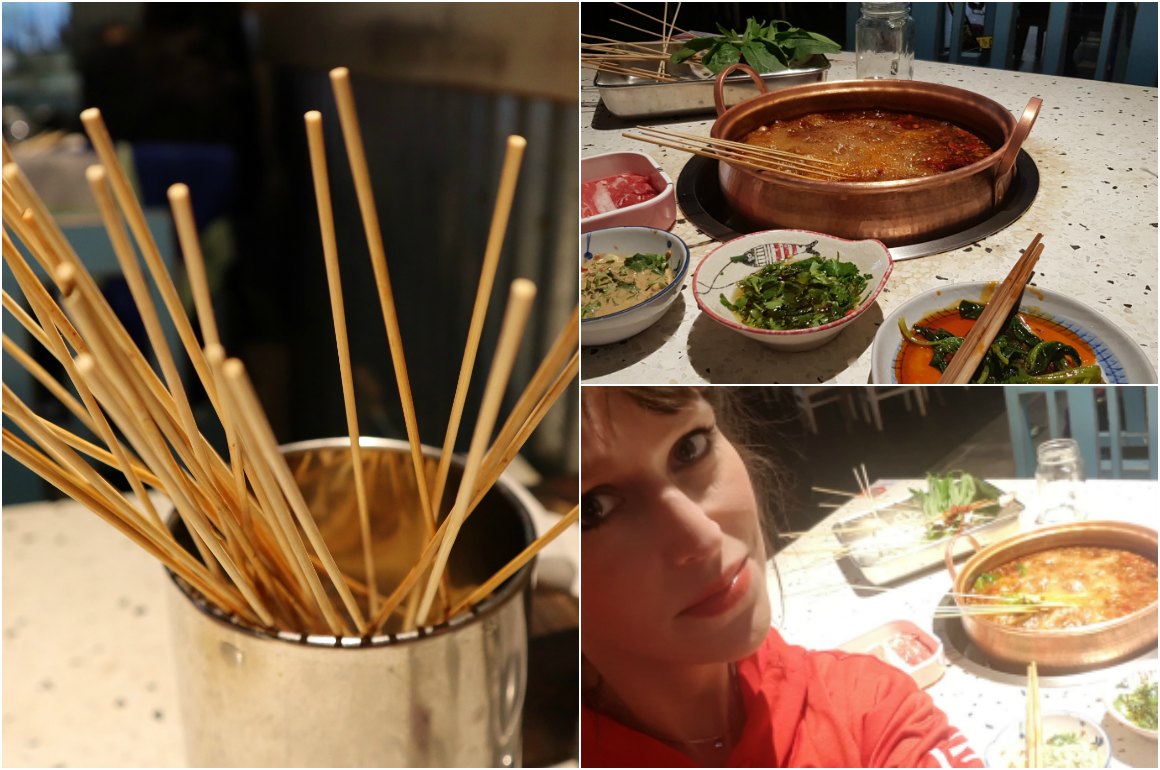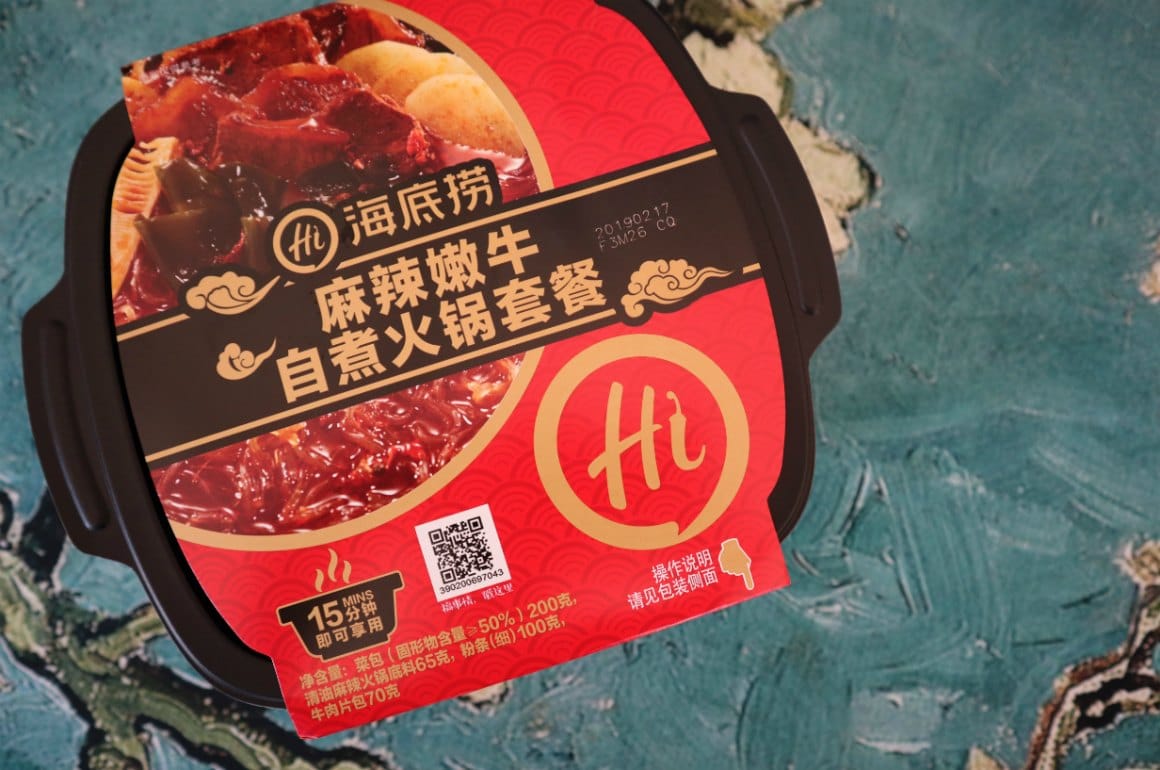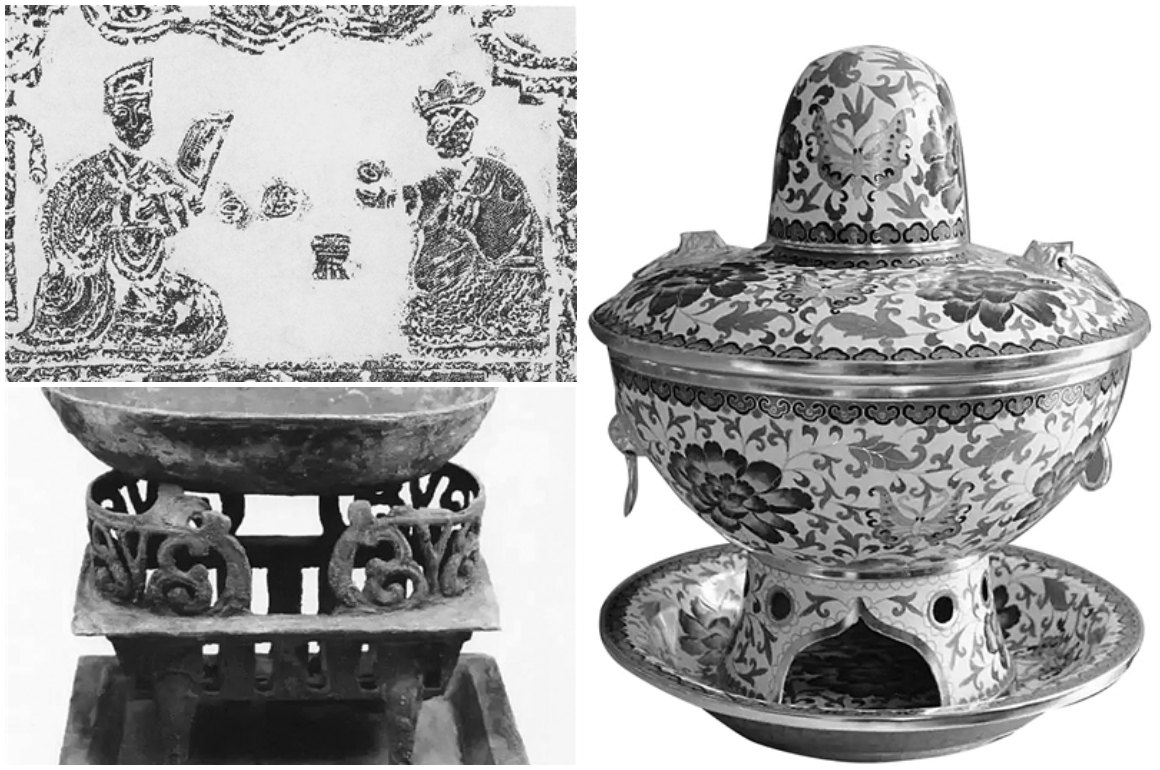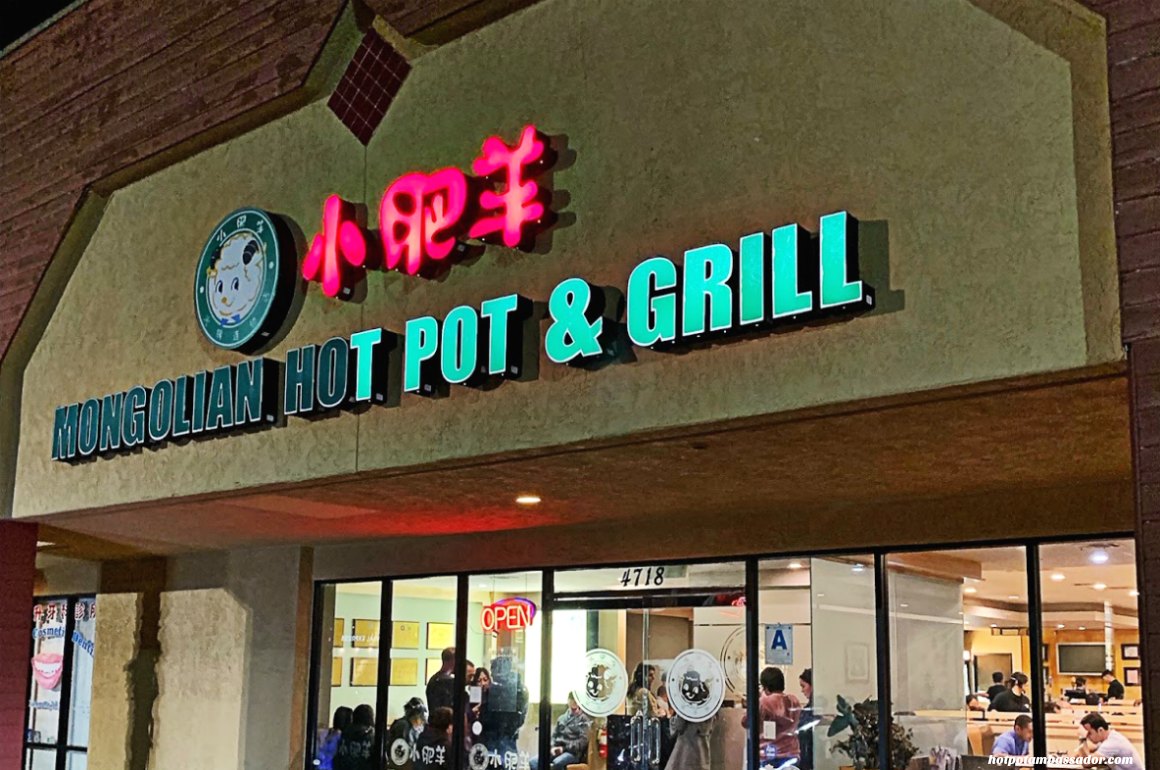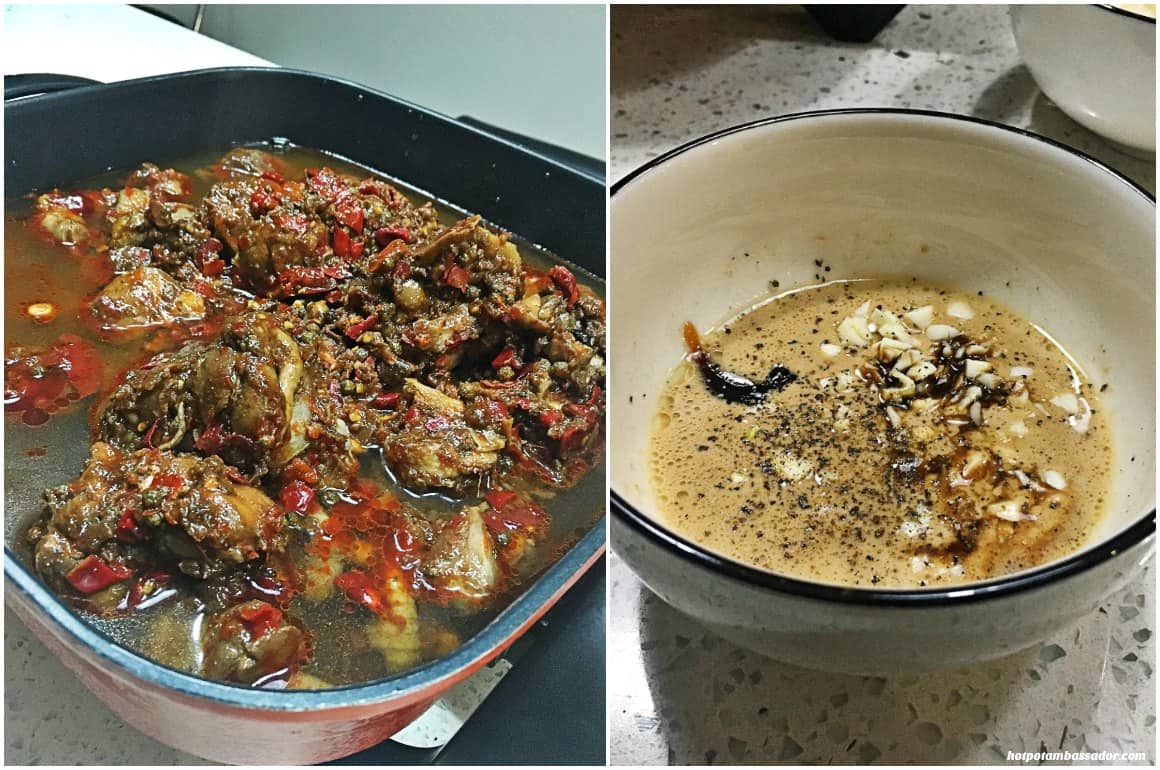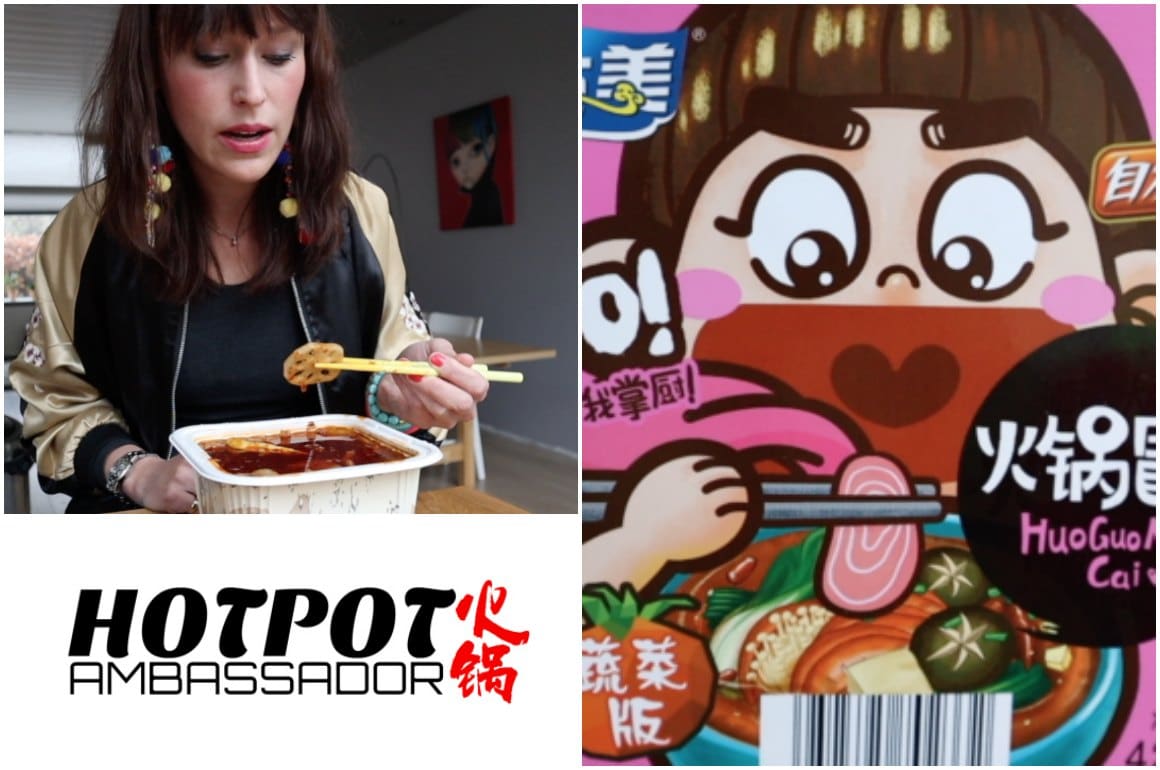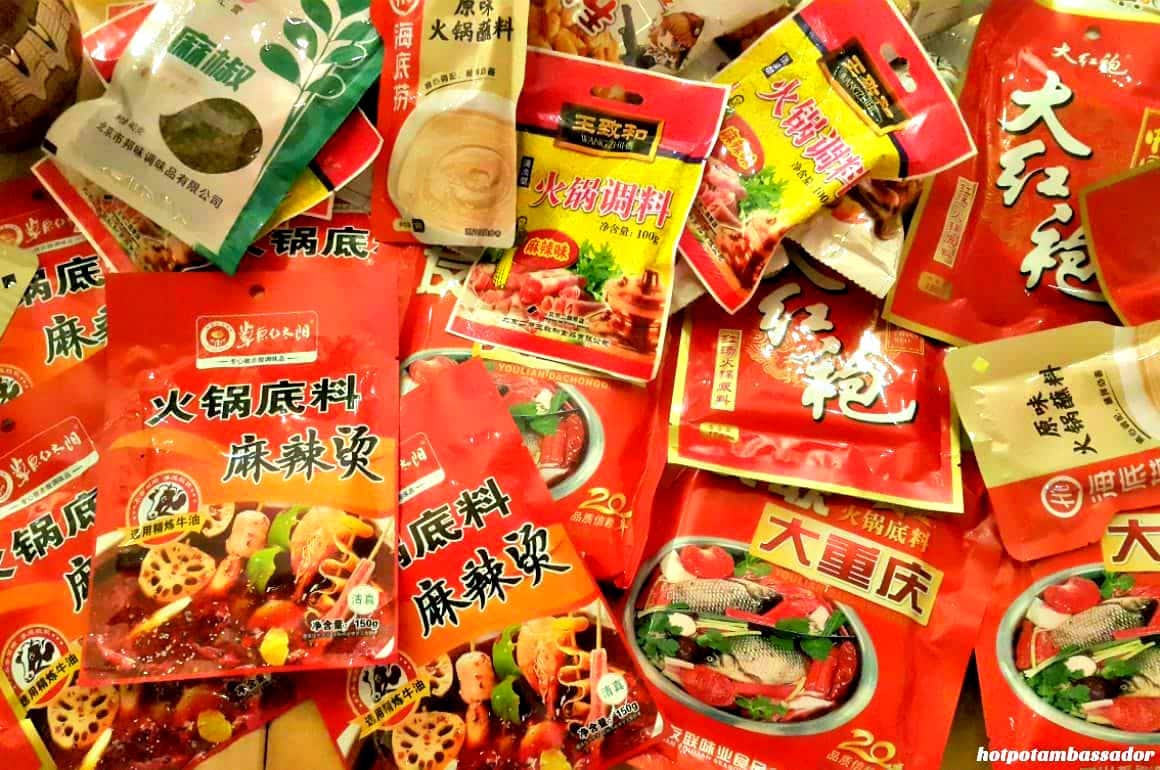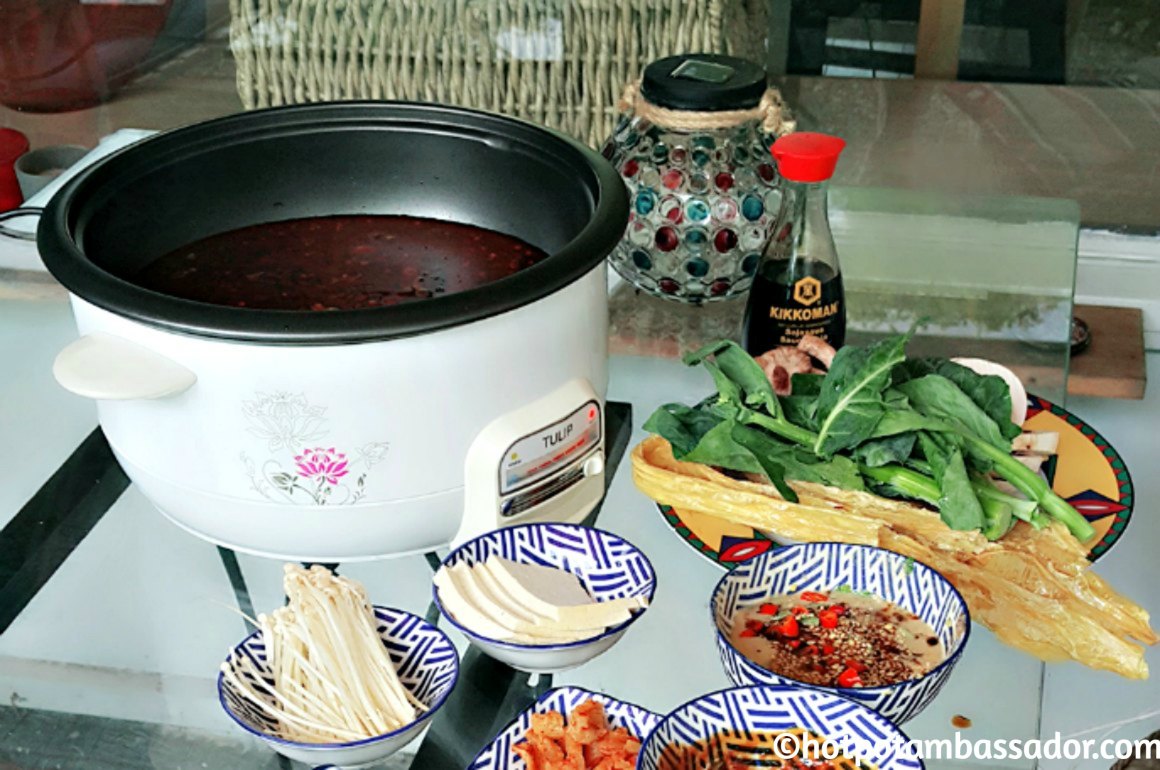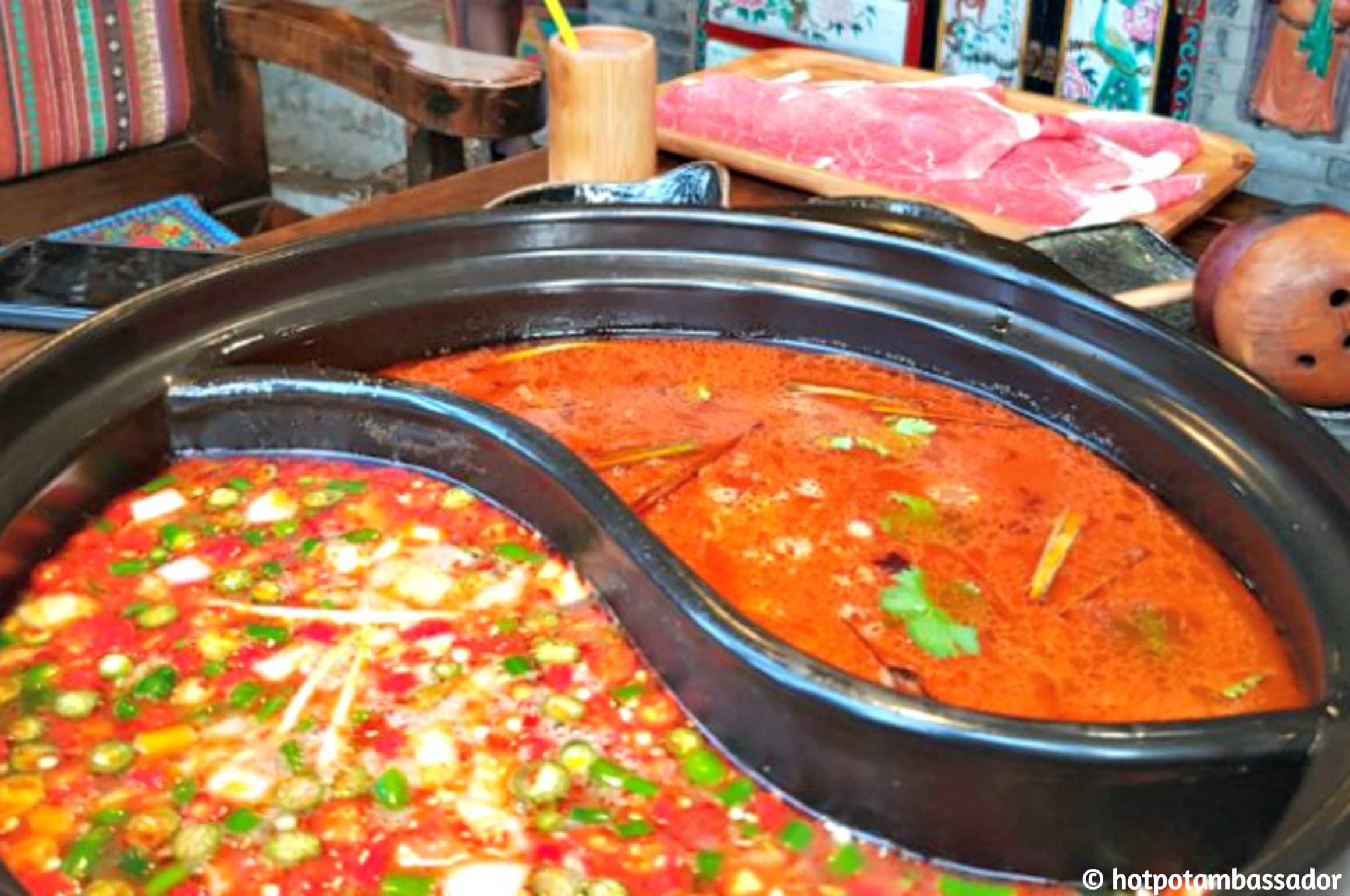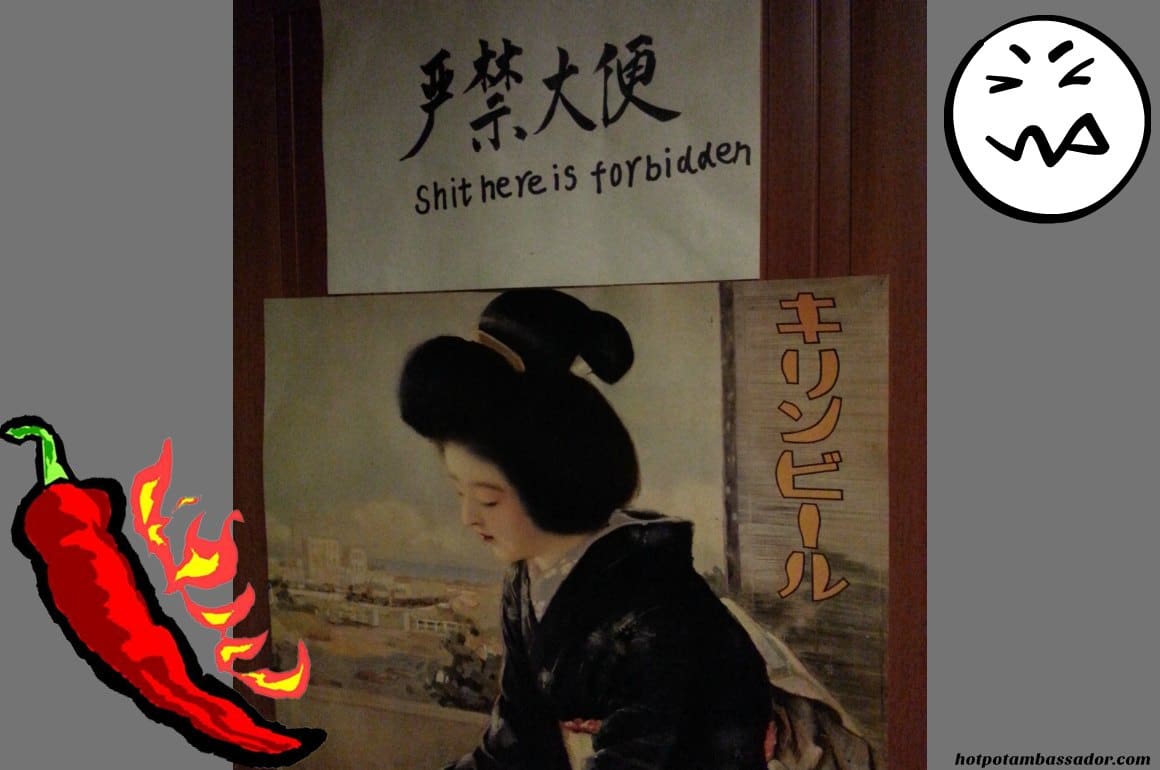Chuan Chuan Xiang is all the rage in China. It is a style of hotpot that brings skewers and hotpot together: a perfect combination for multiple reasons. We visit Beijing’s Chuan Chuan restaurant ‘Jungle & Skewers’ and explain the Chuan Chuan charm.
There are dozens of different styles and ways to eat hotpot. One of them is the very popular ‘Chuan Chuan Xiang’ (串串香) or ‘Chuan Chuan Hotpot’ (串串火锅): a skewer-style hotpot from Sichuan.
‘Chuan’ literally means ‘skewered,’ and the Chinese character (串) perfectly illustrates its meaning. ‘Xiang’ (香) means ‘fragrant’ or ‘delicious.’ Although there is no straightforward English translation, you could basically say it’s “Fragrant Skewers.”
This hotpot style is straightforward: instead of putting separate ingredients in the simmering broth with your chopsticks, this is all about skewers: skewered mushrooms, meat, veggies, tofu, or seafood go into the hotpot just like that.
The hotpot flavor that comes with this style of eating is virtually always the Sichuan flavor: numbing, spicy, and rich. Usually, the skewered ingredients are pure and fresh, but there are also options of skewered meat that has already been marinated and flavored.
Some Chuan Chuan Background
The Chuan Chuan style of hotpot is relatively new: the first Chuan Chuan street vendors and establishments started popping up in China in the 1980s.
The Chuan Chuan Xiang originates from Chengdu in Sichuan province. Starting from around the 1980s, people from the villages who were looking to make some money started going out into the bustling streets to set up their food stalls and sell their fragrant skewers straight from the boiling hotpot broth.

This style of ‘skewers and hotpot’ gradually became popular among the common people, who started referring to it as ‘little hotpot’ (小火锅).
There are thousands of Chuan Chuan Xiang style restaurants and chains all across China and beyond now, making this hotpot style one of the most popular ones in China today.
The ‘Xiao Jun Gan’ style Chuan Chuan Xiang (小郡肝串串香) has been especially popular lately, with new ‘Xiao Jun Gan’ establishments mushrooming in Chinese cities. The ‘Xiao Jun Gan’ term refers to (chicken, goose, etc) gizzard, which started to be offered as skewered food in the 1990s in Chengdu. The term now has become to mean much more than that – it basically means a Chuan Chuan place has more to offer than basic ingredients, and will have skewered meat & vegetables in spicy hotpot which you then cook yourself.

The self-service section at Jungle & Skewers.
Cities such as Beijing have hundreds of different establishments offering Chuan Chuan hotpot. Website Dianping (sometimes called the ‘Chinese Yelp’) lists 2000 Chuan Chuan restaurants for Beijing alone, 6000 for Chongqing, and more than 8000 for Chengdu – the real Chuan Chuan city.
The Chuan Chuan Charm
So what is it all about? Why is it so successful? We visited a Beijing Chuan Chuan restaurant to explain. ‘Jungle & Skewers’ is located at Yoolee Plaza, 21 Gongti Beilu, near Beijing’s Worker’s Stadium, and also categorizes itself as a ‘Xiao Jun Gan’ style Chuan Chuan Xiang (小郡肝串串香). This is not a well-known restaurant, and there are many other options to choose from, but we liked it because it was not crowded and in the neighborhood.
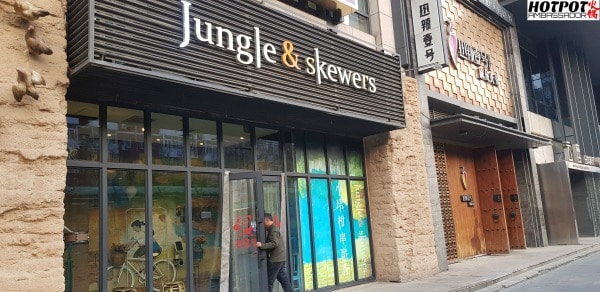
The idea at any of these kinds of Chuan Chuan Xiang restaurants is very simple: you tell the waiter what kind of broth you would like (often simply choosing: non-spicy, spicy, or the spiciest), and it is self-service from there on. We picked the spiciest broth available.
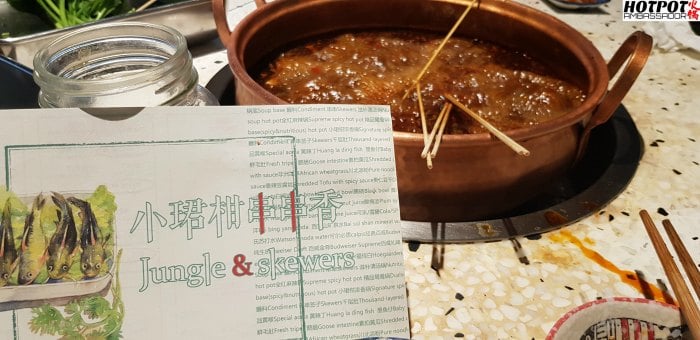
Once you placed your broth order, you have all the freedom to choose what you want and can walk over to the self-service corner of the Chuan Chuan restaurant. In this case, Jungle & Skewers offered a nice selection of different sticks, from mushrooms and lettuce to different kinds of tofu and spicy beef or salty chicken. All sticks have the same price and will be counted at the end of your meal.
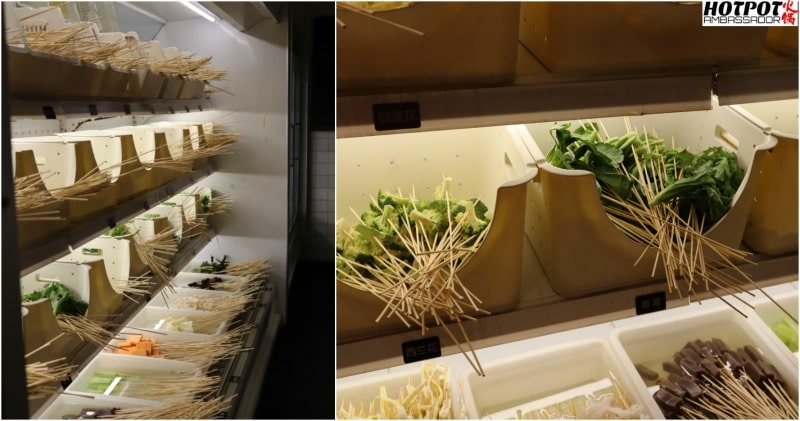
Besides the rich selection of sticks, there is usually also a selection of other ingredients to put in your hotpot, such as squid, organ meats, or bigger bowls of vegetables and tofu. If you are with a group of more than three people, it might be cheaper and more convenient to opt for these bigger bowls than each only taking their own skewers.


Then there is the sauce bar, where you can help yourself to all the classic sauces you like. (See our article on popular sauces here). Use of the sauce bar is unlimited (you pay a one time small fee for it), so you can experiment and mix a sesame oil-based sauce along with a sesame paste-based sauce, and add cilantro, garlic, crushed peanuts, chillis, spring onion, or whatever you like.

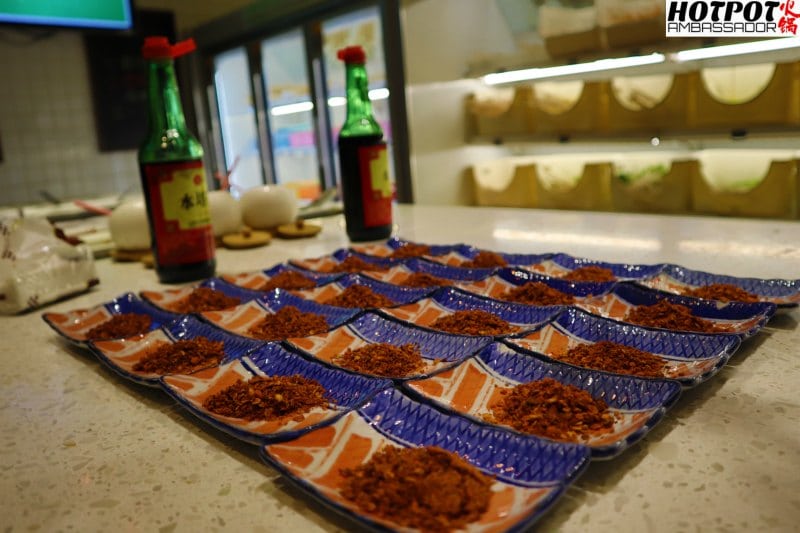
To be clear: at this specific type of Chuan Chuan restaurant, there usually are no waiters coming to the table to take any of your orders, so anything you would like to have, you can take from the fridge and you will be charged for it later. There is a separate fridge for soda drinks, water, and beer, including an opener.
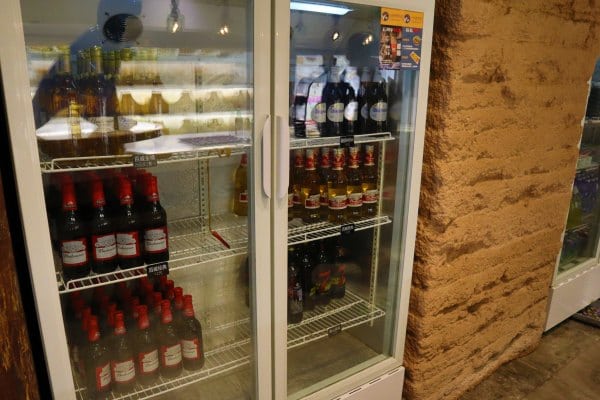
Once the broth is ready and simmering, and you have the ingredients you like, your hotpot dinner can begin. The great thing about Chuan Chuan hotpot is that you can always get more, so make sure not to put too many skewers on your plate in order not to waste any food.

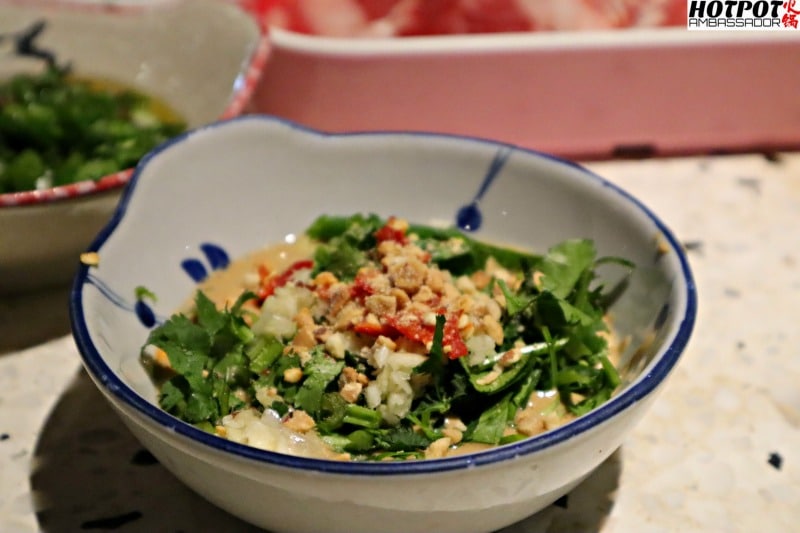
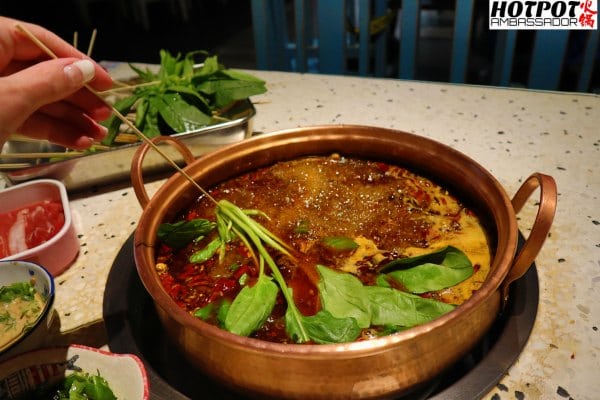
Now you can start adding the skewers to your broth, in any order you like, and enjoy your dinner without worrying about ordering more (or having ordered too much).
The skewer-style hotpot allows you to try out many different kind of vegetables, mushrooms, meat, tofu, and fish, without over-eating on anything. In a normal hotpot restaurant, this would virtually be impossible unless you are with a big group and don’t mind ordering a lot.
The sticks also help in reminding you that your food is still simmering; with an ordinary hotpot, much food often gets forgotten and ends up lost in the broth until it is scooped out.
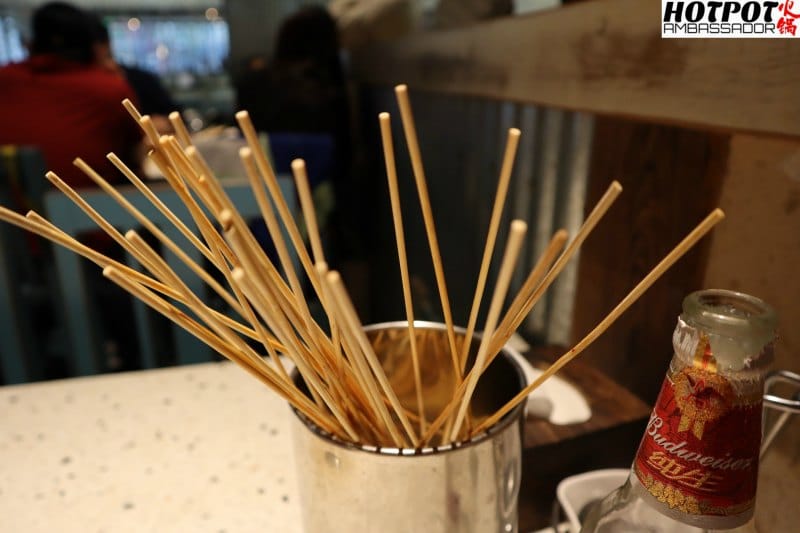
At the end of the meal, the waiter will count all the separate sticks, add up your drinks, the broth, and the separate plates you took from the self-service corner.
In this case, the price ended up around RMB 120 ($18), and with two people, I’ve previously paid RMB 150 ($22) here; it is cheaper to eat with multiple people to share the price of the broth.
So all in all, what are the benefits of a skewer-style hotpot compared to more traditional hotpot types? And why is it such a hit among young people? These are the reasons:
- You pay a basic fee for the broth, but all skewers are charged separately, meaning you could also have this hotpot alone or with two people without the need to order too much food.
- You can pick any skewers you like, so you can experiment with different skewers and choose some ingredients or flavors you would normally not pick from a menu.
- No need to worry over what to order with your group of friends: everyone can simply take their own plate and choose whatever ingredients they like.
- The skewers go straight into the hotpot, which means you don’t have to touch any raw meats or fish with your chopsticks.
- The skewer sticks remind you that your food is still simmering, so it doesn’t end up forgotten in the broth.
- No waiting around for waiters who are too busy to notice you.
- It’s just fun to pick your own ingredients and sauces without anyone bothering about what you do.
- No waste of food: select a limited amount of skewers/ingredients, and go back for another round as many times as you like.
- Because it’s self-service, this could also be a ‘fast’ hotpot, and you could opt to have this type of hotpot for a quick lunch or dinner.
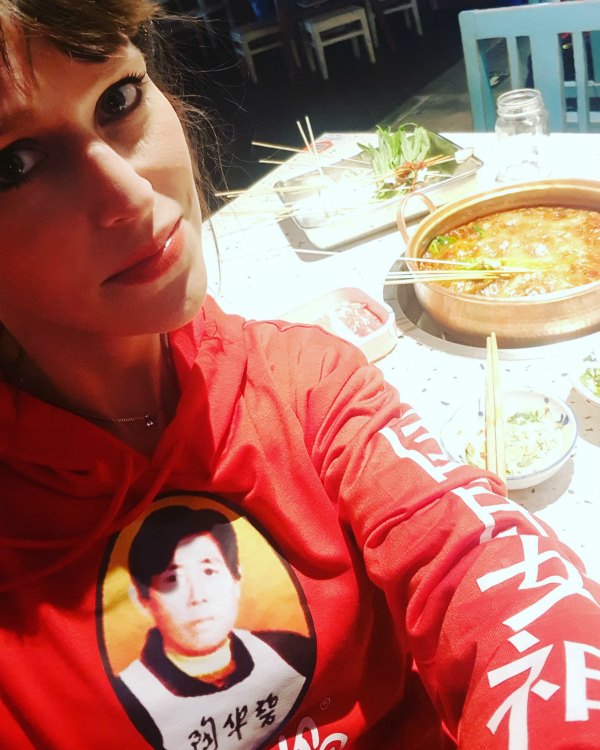
If you want to try this out for yourself, look around to see if there is a Chuan Chuan restaurant near you. But the best place to try it, of course, is in China, and preferably in Chengdu, where it all started.
By Manya Koetse
Images by: Hotpotambassador.com


